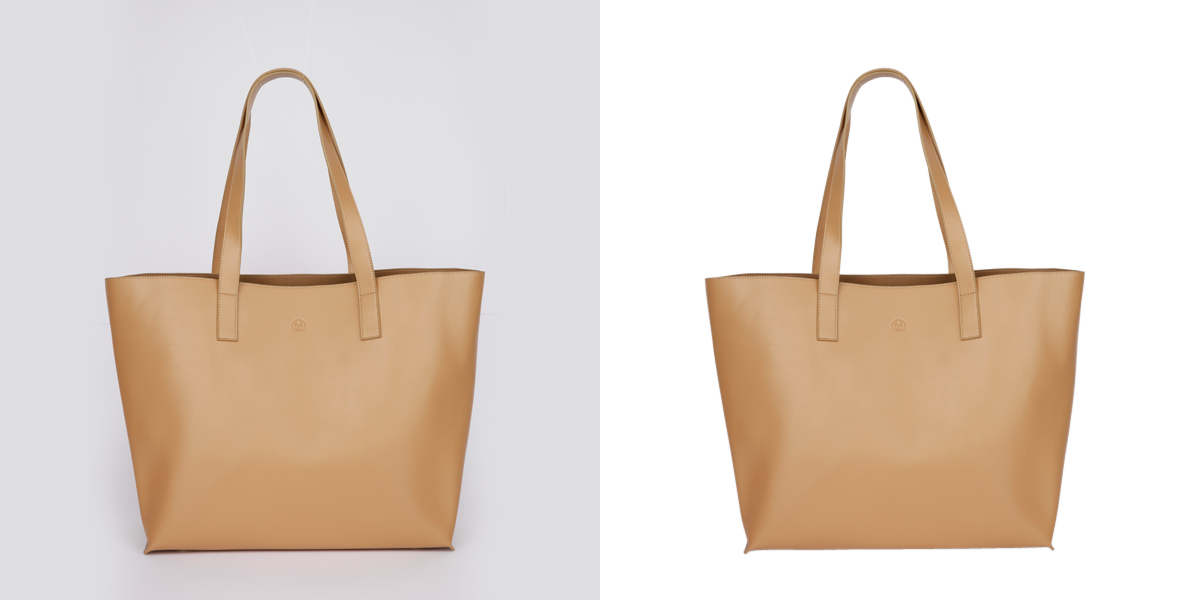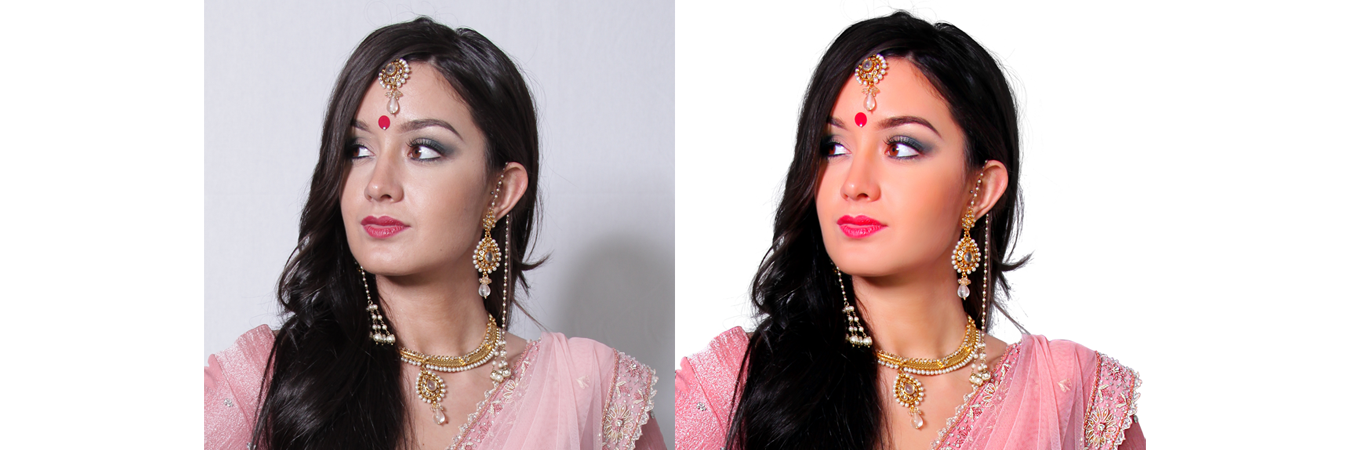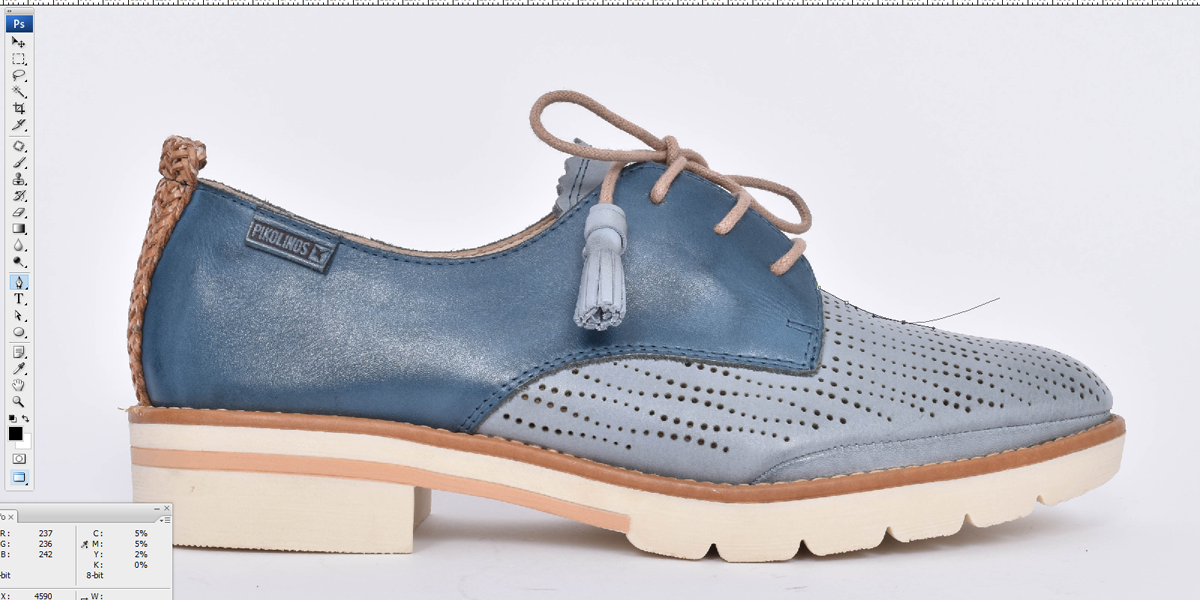Image Masking is a powerful technique that allows photographers to make quick, easy edits to their images. Whether you’re making changes to a still camera or a video camera, image masking can save hours of time editing your images. Image Masking is also one of the most effective tools for improving lighting in a picture. With an easy set up and click of the mouse, any photographer can create an image mask right on the image editing software window.
Image Masking works on a simple principle. Using a clipping path, an image mask can be created by creating a thin invisible line within the image. Then, using multiple Photoshop masks you can adjust or enhance a single image while hiding unwanted areas of the image. Image Masking is often used for everything from adjusting a focused background to adjusting brightness and contrast throughout the image.
Image Masking is often confused with layer masking. While both techniques accomplish the same task, they do so in different ways. Layer masking involves creating a new layer over the existing one. When an adjustment or change in one layer is desired, simply select that area and choose new mask. Image Masking is often used when making edits to images where multiple images need to be blended. Simply modifying one portion of an image, such as an out- of-camera background, with a layer mask can significantly reduce the time it takes to compositing the images.
Image Masking is often used to remove red eye. While this technique will reduce red eye, it does not remove all traces of the red light. If an image masking technique is being used with an image editing software, such as Adobe Photoshop, it is often combined with a “soft brush” technique. A soft brush technique is nothing more than a selection tool used to paint in areas of the image with color, allowing the area to be blended later.
Image Masking can also be applied to objects with flat surfaces, such as glass and metal. If the selected area has flat top, bottom and side aspects, an opaque mask can be applied to those areas, thus creating a opaque mask. When using an opaque mask with this effect, there is no visible edge. This type of mask can be used to remove raised portions of a photo that may be distracting. It can also be used to create an illusion of depth or an elongated shape.
Image Masking can be a useful tool when dealing with a great deal of information. Digital photography often provides a great deal of detail, even when the intended output is a simple black and white photograph. Subtle changes in lighting, an object’s position or even the angle at which the shot was taken can cause a change in the appearance of the final image. Image masking is often used to remove or diminish such inconsistencies, making for more accurate shots. Using masking techniques correctly is a very important part of effective image editing.
Without using them, a great amount of work and money spent on retouching could be wasted.










